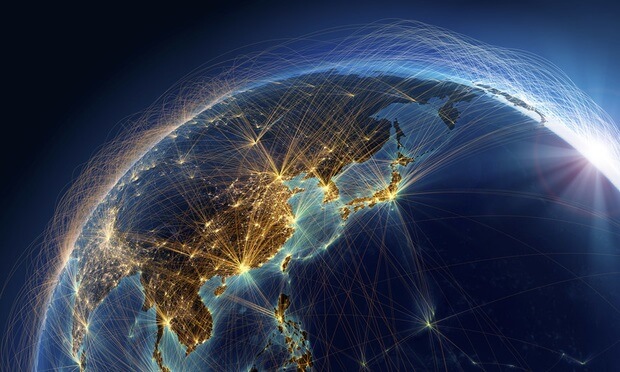While some destinations and segments, like city-based hotels that cater to business travellers, may take longer to experience sustained occupancy and revenue growth – it is a misconception to think RevPAR is suppressed in all markets and for all property types.
For a travel-dependent industry, COVID-19 outbreaks and subsequent border closures continue to have a significant impact on APAC hoteliers. Although local hotel operators have undoubtedly experienced unprecedented challenges over the previous 18 months, there are positive signs for the future, with strong levels of pent-up demand and some markets in the early stages of recovery.
Subscribe to our weekly newsletter and stay up to date
So what trends are emerging from the APAC hospitality sector today and what can hotels do to help grow business and accelerate their own recovery?
The path to recovery will be uneven
According to Daniel Chong, director in revenue account management and global strategy at the Preferred Hotel Group, the speed of demand recovery will be dependent on a number of factors like geography, COVID-19 outbreaks and the rollout of vaccines.
“The positive news is that if we look to markets like China, Australia and North America – which have either managed to suppress large outbreaks of COVID-19 or have successfully undertaken mass vaccination drives, signs of strong recovery are present. Occupancy and RevPAR levels are rising, largely driven by domestic travel and leisure segments, and we are even seeing very good growth in corporate travel in places like Australia since April,” said Chong. However, while markets like New Zealand are improving, the recovery path in Southeast Asia is slower due to their reliance on international markets and a lower levels of domestic demand.
“Countries like Indonesia and Philippines, which focus on attracting and catering for international guests, are impacted more severely by border closures and international travel restrictions. They don’t have a strong domestic demand to pivot towards when international travel is restricted, which means that the recovery will take longer. Having said this, the rollout of vaccination programs across the region makes me confident that the recovery will grow in momentum across Southeast Asia over the send half of 2021 and into 2022,” commented Chong.





